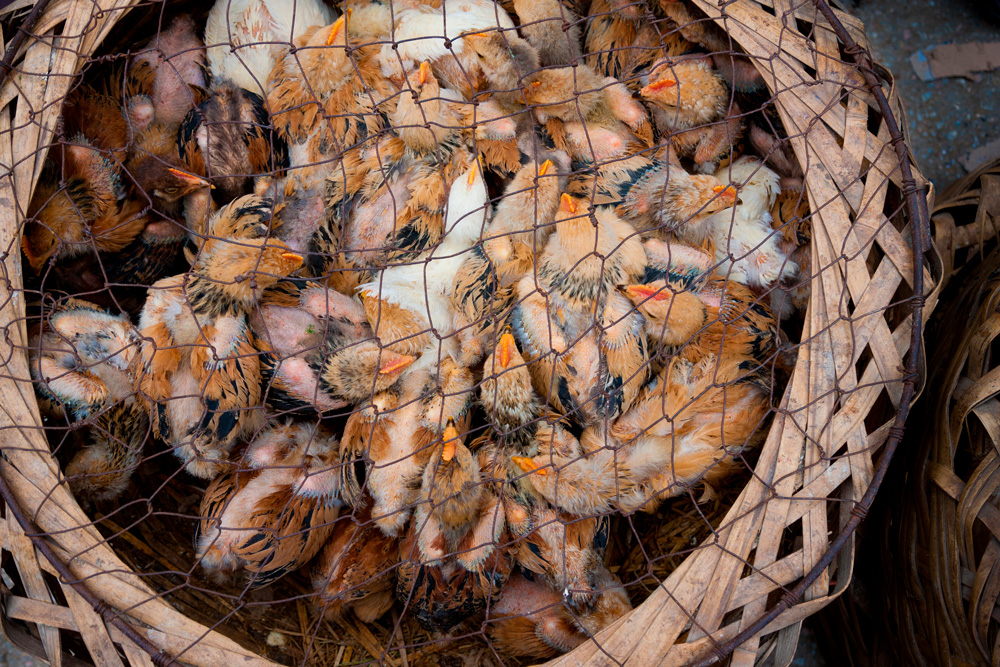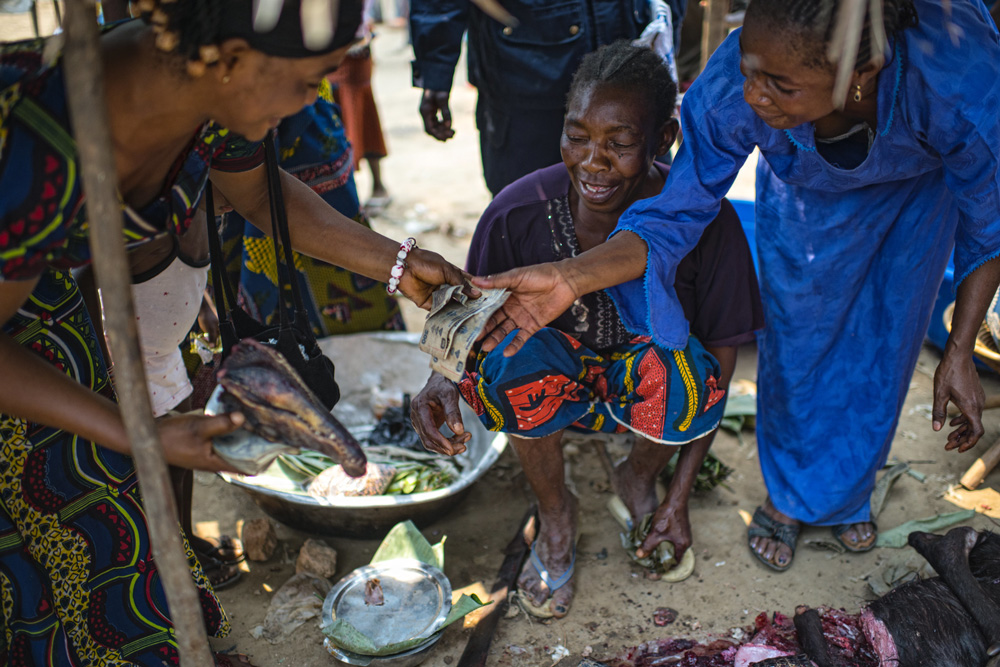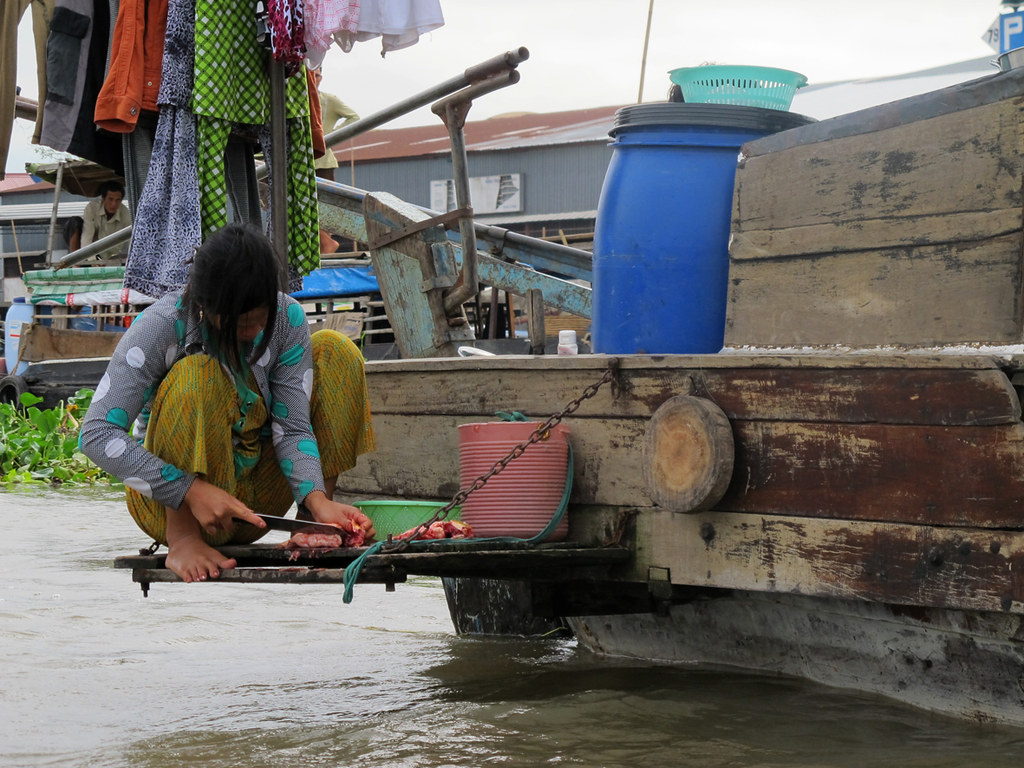In light of the COVID-19 pandemic, a Chinese ban on trading with wildlife has gained many supporters and advocates. However, the effectiveness of this ban for reducing disease transmission is doubtful.
Many local and indigenous communities eat bush meat: it is a tradition, a food security strategy and a means for income generation. While wildlife trade threatens animal welfare and the protection of endangered species, a ban is unlikely to cease the trade. On the contrary, a top-down-imposed wildlife trade could push this value chain into the black market where monitoring and control will be impossible. So, such a ban could actually elevate the risks of disease transmission.
Improving biosecurity at live animal and food markets offers a more practical and efficient way to control diseases and can kill several infections with one stone. In this article researchers from the Swedish University of Agricultural Science (SLU) and the National Veterinary Institute (SVA) outline a versatile biosecurity framework, going over preventative measures and considerations for their implementation.
What do infectious diseases like HIV/AIDS, Ebola, SARS and the recent COVID-19 have in common? They all originate from the animal kingdom.
Like 61% of all human infectious illnesses, these diseases are zoonotic, meaning they spread between animals and humans (or vice versa). The transmission pathways include consumption of meat, milk and eggs, or contact with body fluids, like blood
Recent development trends and expansion of human activities, including deforestation and bushmeat trade and consumption, have increased human contact with wildlife and thereby facilitated the emergence of new zoonotic diseases. Some of them, like those mentioned above, have caused malicious outbreaks with severe consequences to public health, livelihoods and the world economy.
The global trade in live animals is a multi-million-dollar industry. Billions of animals are traded annually across the globe, often in informal settings that are poorly monitored and controlled. Live animal markets serve as infection hubs where animals of different species and from distant regions are crowded together, sometimes in stressful conditions. Such circumstances create an optimal environment for pathogen exchange between animal species, as well as between animals and humans.
Evidently, limiting the opportunities for pathogen exchange between humans and animals is vital for reducing the risk of future emergence and outbreaks of zoonotic diseases. And that is where biosecurity measure can perform better than a ban.
Experience from many development projects suggests that achieving sustainable changes requires inclusive and voluntary participation of all the concerned stakeholders. These interventions also have to fit local socioeconomic and cultural context. Furthermore, disease control measures need to be attractive to all the actors involved in a value chain and provide tangible direct benefits, like the possibility to sell for a higher price if products are certified as safe.
Investing in people and offering tools that enable them to protect themselves and others is also critical. For example, educating people about the importance of hand washing is futile if water facilities are lacking. Similarly, informing market customers about risks related to consuming sick animals will have limited effect if consumers can’t afford to buy safer products.


